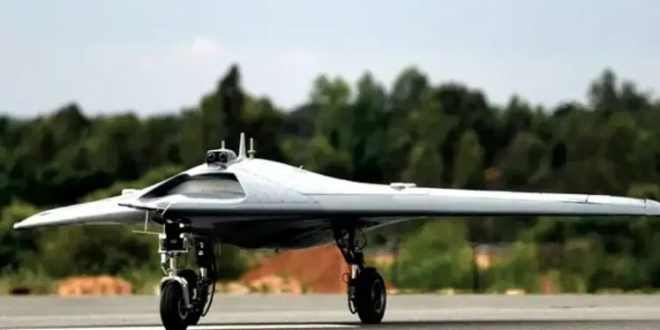After the success of Operation Sindoor, the Indian Air Force is preparing to completely change the strategy of air warfare in the coming years. According to defense sources, the IAF has planned to include at least 20 squadrons of unmanned stealth jets by 2040, the number of which will be between 300 and 400.
This project is different from the IAF’s target of 42 squadrons of manned fighters and is considered an important step towards gaining technological edge in future wars.
This fleet of the Air Force will be made up of aircraft ranging from 1 ton to 13 tons and will be divided into three categories.
1- Collaborative combat aircraft: These small-sized aircraft will fly with manned jets like Su-30MKI, Rafale, Tejas Mk2 and AMCA. Their job will be to suppress, spy and attack the enemy’s air defense system. The IAF aims to form 10-12 such squadrons.
2- Tactical Stealth Fighter Bombers: These bombers weighing 5-10 tons will accurately attack enemy targets in deep areas. They will have weapons like Rudram missile and BrahMos-II and their design will be similar to the American XQ-58 Valkyrie.
3- Unmanned Stealth Fighters: These will be the largest and most powerful aircraft weighing 10-13 tonnes. DRDO’s Ghatak UCAV is an example of this. It will have a 4-ton payload, supercruise capability and AI system, which will enable it to carry out independent missions and also lead other aircraft.
This mixed fleet will give India flexibility in every situation from small conflicts on the border to a major war on two fronts. However, this project will depend on the timely delivery of DRDO and HAL. DRDO will have to deliver the prototype by 2028 and HAL will have to show mass production capability. Foreign cooperation (algorithms from the US and stealth technology from Russia) can speed up this project, but it will also pose a risk of dependency. That is why India is giving more importance to indigenous technology.
China’s preparation
This move of India is also being compared with China’s plans. China’s flagship unmanned stealth UCAV is the GJ-11 Sharp Sword, which is based on a flying-wing design and is used for strike and reconnaissance missions. According to sources, China has deployed at least one squadron of it at the Luan airbase of the Eastern Theater Command. Apart from this, China has also raised a squadron of WZ-8 supersonic reconnaissance drones which can fly at a speed of Mach 3+ and launch from the H-6 bomber.
India’s target by 2040
The number of GJ-11 Sharp Sword squadrons is 1, it is for strike and ISR missions. The number of WZ-8 squadrons is 1, it is for strategic reconnaissance missions. According to sources, China has at least 1-2 squadrons of unmanned stealth jets and this number is likely to increase by 2030. India’s target of having 20 squadrons of unmanned stealth jets by 2040 will not only change the face of future aerial combat but also make the IAF technologically stronger against adversaries like China and Pakistan.
 RB News World Latest News
RB News World Latest News






